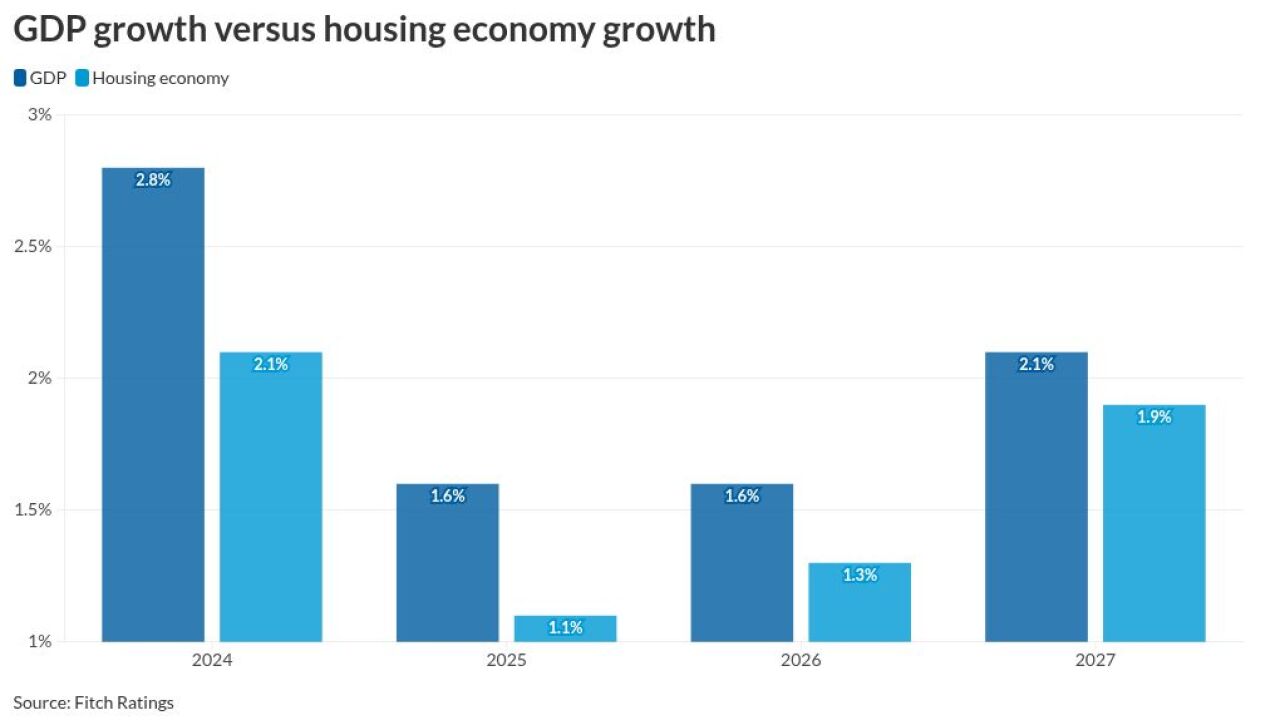Cash sales are falling overall, but still represent the majority of sales involving homes in the lowest tier of property values, according to Black Knight Financial Services.
Nationwide, cash sales fell to 35% of all sales from 37% a year ago, Black Knight reported Monday in its Mortgage Monitor report. That share changes though when the housing market is broken into tiers based on price.
For properties in the tier with the lowest 20% of market value, cash sales comprise 62% of all sales. But for properties in the top 20% of market value, they represent just 30% of purchases.
"While down significantly from its peak of 75% of all transactions at the bottom of the housing market, this is still quite high for cash sales, historically," said Ben Graboske, Black Knight Data & Analytics senior vice president, in a news release regarding that lowest tier. He attributed the large market share held by cash sales to two factors.
"First, negative equity is still higher than average among this segment of the market, resulting in increased distressed discounts for buyers," he said. "Second, lower-priced homes simply require less capital to purchase outright, making cash sales possible for more people."
Black Knight also reported that mortgaged properties listed for sale dropped 5% from the same time last year. However, listings from borrowers who are current on their loans had risen 10%, indicating that the overall decrease may be linked to the decline in delinquent borrowers.
The Jacksonville, Fla.-based company found that people with adjustable-rate mortgages were more likely to list their homes, while borrowers with fixed-rate mortgages below 4.25% were less likely to put their homes up for sale. That dynamic could have an impact on inventory if rates go up, Graboske said.
"Should the trend hold true, rising interest rates could put an even greater strain on an already tight housing inventory," he said.
Black Knight's report also examined the annual delinquency rate increase for home equity lines of credit, noting that two occurred in the past six months, representing the first annual increase since June 2012.
The growth in delinquencies occurred mostly because of an 87% jump in delinquencies among 2005 vintage HELOCs over the past year, as these ended their draw periods and began amortizing in 2015, Black Knight noted. And since the 2006 and 2007 vintage HELOCs will begin amortizing the next two years, similar upticks in delinquencies may become a trend.





